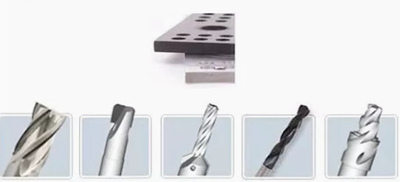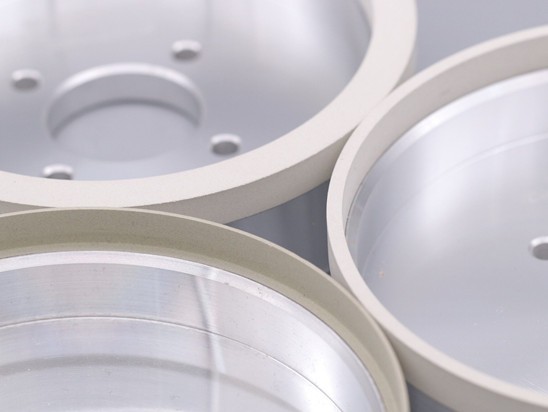How to process material hard to grind
Materials hard to grind refers to the material with poor grinding machinability during grinding.
According to the material containing alloying elements, the material contains Cr, Ni, W.Mo,Mn,Ti, Al, Co,V and other elements, improving the strength, toughness, plasticity and heat resistance of the material, reducing the thermal conductivity of the material, grinding is relatively difficult.

According to the grinding ratio, the material with large grinding ratio G (the ratio of the volume of the material removed to the volume of the grinding wheel) is easy to grind, and vice versa. When grinding materials smaller than G, the grinding wheel will wear and degrain quickly in the grinding process, with large grinding force, high grinding temperature, vibration, burn and grinding crack, and low grinding efficiency.
According to the physical and mechanical properties of the material, the workpiece material has high plasticity and toughness, low hardness and thermal conductivity, and the grinding debris is easy to adhere to the grinding wheel surface, blocking the grinding wheel porosity, making the grinding wheel lose grinding ability, resulting in high grinding force and high grinding temperature, resulting in grinding defects. These undesirable phenomena can easily occur in the grinding of copper, aluminum, pure iron, high vanadium high speed steel, superalloy, titanium alloy and stainless steel.
According to the surface quality of the workpiece after grinding to distinguish some workpiece materials in grinding easy to produce burns and cracks, the workpiece is threshed down the abrasive scratches, surface roughness value is large, it is difficult to meet the quality requirements of the workpiece, these materials are also difficult to grind.
Reasonable selection of grinding wheel:
The selection of grinding wheel is to choose the characteristics of grinding wheel, including grinding wheel abrasive, hardness, bonding agent, particle size and structure, and the concentration of superhard abrasive (artificial diamond and CBN), which is the main way to solve the grinding problem of difficult materials. The grinding wheel with CBN abrasive has the best effect on high vanadium high speed steel.
Choose proper grinding wheel grit:
The grit of grinding wheel is not only directly related to the surface roughness value of the workpiece after grinding, but also related to the grinding efficiency and the possibility of defects of the workpiece after grinding. When grinding hard grinding materials, coarse-grained grinding wheels should be selected as far as possible on the premise of ensuring the quality of workpiece.
When grinding materials that are difficult to grind, ordinary grinding wheels with low hardness and loose structure or super-hard grinding wheels with low concentration should be selected to help blunt grinding grains fall off and sharp grinding grains participate in cutting, so as to avoid burns, blockage and adhesion.

Reasonable selection of processing technology and parameters:
1. Selecting appropriate grinding wheel linear speed and high speed grinding have good effect on solving some difficult grinding materials. For example, when grinding stainless steel with grinding wheel speed increased from 35m/s to 55m/s, the production efficiency increased by more than 1 times, the workpiece smoothness increased by 1-2 small grades, and the grinding wheel durability increased by nearly 1 times. When grinding superalloy at 60m/s, the total amount of metal removal is 60% higher than that at 40m/s, and the grinding ratio is nearly one times higher.
However, when grinding titanium alloy, you can not use high speed grinding, but should use lower grinding speed. In addition, when selecting grinding speed of grinding wheel, the sensitivity of workpiece material to grinding heat should also be considered. It is not suitable to use high speed grinding for workpiece materials that are easy to burn and produce grinding cracks.
Selection of appropriate grinding feed:
The feed of grinding wheel has obvious influence on the grinding wheel durability. Generally, a smaller grinding feed should be used for hard grinding materials, such as emulsion as grinding fluid. When grinding titanium alloy with green silicon carbide wheels, a smaller grinding feed can be used to achieve a higher grinding ratio and a larger amount of metal removal. However, in other cases, a larger grinding feed is used, such as 0.1mm at a grinding speed of 50m/s for longitudinally grinding hardened nodular iron. When the feed is reduced to 0.01 ~0.02mm each time, the grinding wheel is easily blocked and accelerates the grinding wheel passivation.
—EDITOR: Doris Hu
—POST:Doris Hu






